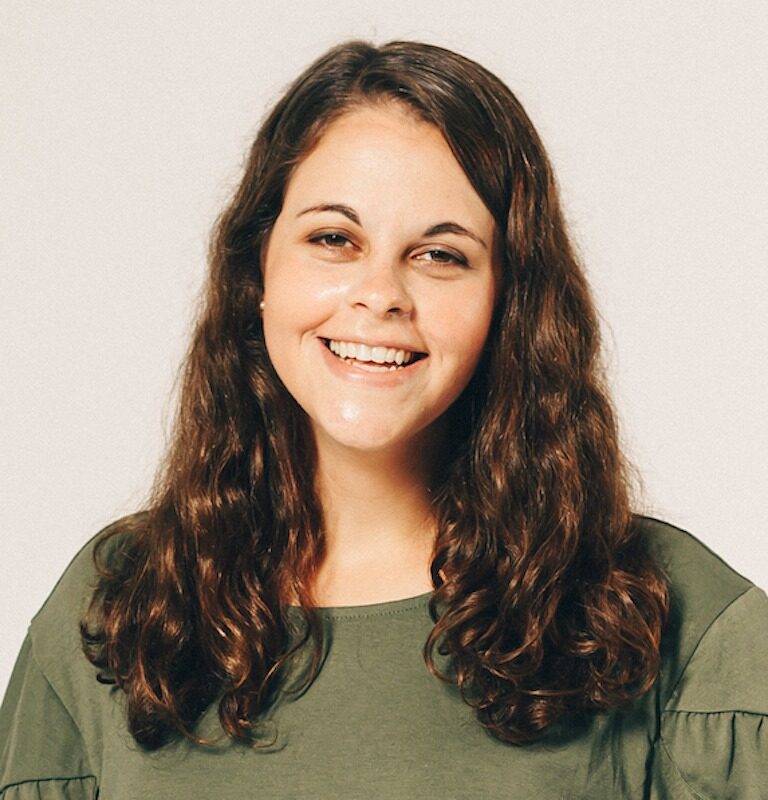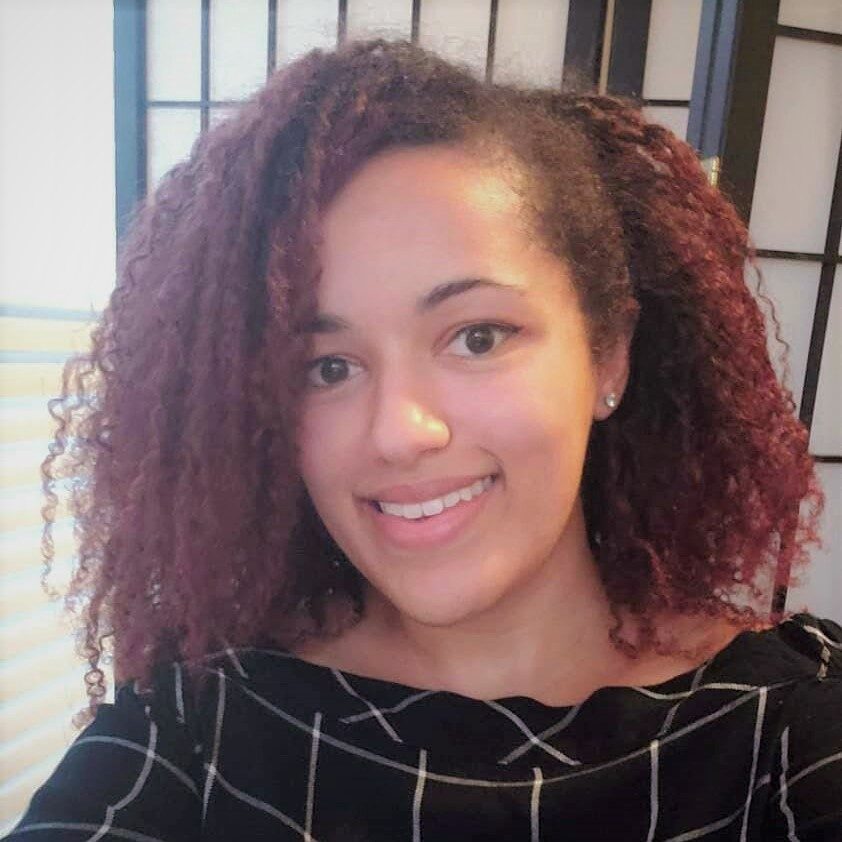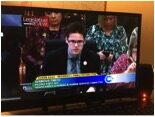The term “profound autism” is not very useful to parents like me, or autistic people like my son. Instead, parents need connection with the communities who understand our kids’ high-support traits, like the disability and non-speaking communities—in addition to the wider autistic community.
Tag: inclusion
Jordyn Zimmerman’s story, as told in the new documentary This Is Not About Me, is an example of how non-speaking autistic people can blossom when communication becomes possible.
Non-autistic people harbor assumptions about autistic people, whether they’re aware of them or not. And those biases can get in the way of autistic people being included both socially and professionally. We talked with Desi Jones, a Doctoral Student at the University of Texas at Dallas, whose recent paper Effects of autism acceptance training on explicit and implicit biases toward autism examines how autistic acceptance efforts both succeed and fail in addressing stereotypes about autism, and what this means. We also discussed her work on structural racism in autism research, and how institutions can do better by their autism researchers of color—and why that doesn’t merely mean recruiting more POC. Photo courtesy Desi Jones [image: Desi Jones, a smiling Black woman with curly shoulder length purple-tinged hair.] TPGA: Can you tell us about your background, and what drew you to autism research? Desi Jones: I double majored in Neuroscience and Psychology…
For people in under-represented communities—autistic people included—there is nothing quite like seeing “someone who moves like you” in mainstream storytelling. We talked with Pixar’s Erica Milsom, who wrote and directed the lyrical SparkShorts film Loop, about the importance of listening to people who actually inhabit the worlds creators want to bring to the screen, the power of storytelling and representation, why it matters that Loop’s autistic character Renee is both a girl and a person of color, and the importance of connection on a purely human level—especially between people who communicate or act differently from each other. Loop writer and director Erica Milsom. Photo courtesy Pixar. [image: A white woman with a silvery-gray bob and clear-framed glasses.] Content note: mention of children of color killed by police Thinking Person’s Guide to Autism: Erica, I just want to thank you so much for agreeing to this interview, and for the work…
Shannon Des Roches Rosa twitter.com/shannonrosa I want to make this as friendly as possible, so I think it’s important to start by clarifying terms: Inclusion, my lovelies, is a real and basic human right, and it simply means autistic and other disabled people have the right to be out and about in the world, and not segregated or hidden away as used to be the default for their community members. Inclusion does not mean forcing people like my high-support autistic son to be in places they don’t want to be, that aren’t set up for them, or in which they aren’t welcome. But even when we embrace inclusion as a disability rights baseline, my son still doesn’t get to do all the things—but that’s because of accessibility barriers, not because inclusion itself is a flawed concept. Even though The Americans with Disabilities Act (ADA) installed accessibility as the law of our…
We recently co-hosted a webinar on Disability and Inclusion Strategies During COVID-19 with Magical Bridge foundation, to address some of the issues disabled and autistic people and their families are struggling with right now. Jill Asher from Magical Bridge moderated, TPGA’s senior editor Shanon Rosa ran the questions, and our panelists were three disabled parents of chidren with disabilities: Our own editor Carol Greenburg, and disability consultants Anne Cohen and Deborah Vick. We hope this is the first of many useful sessions! Video and full transcript below. Jill Asher: Hi everyone. Good morning, or good afternoon wherever you are. My name is Jill Asher. I’m the executive director and co-founder of Magical Bridge. We are so incredibly grateful to have you join us today as we discuss disability and inclusive strategies during COVID-19. We hope everyone is safe and health and sheltering in place right now, wherever you are. A…
Photo © Mundial Perspectives | Flickr / Creative Commons [image: A white teacher with shoulder-length straight dark brown hair holding up a globe to a group of young students of varied races, several of whom are raising their hands, all of whom are seen from behind.] Tim Villegas www.thinkinclusive.us I spend a lot of time thinking about inclusion. Most of this energy is spent coming up with ways to explain inclusive education clearly and succinctly so that everyone understands what it is and why it is essential. Because, to me, it is one of the most crucial things we can do for students (disabled or non-disabled). Here’s the challenge. You probably already have thoughts and opinions about inclusion. Maybe you have already decided that the cognitive difficulties or level of autism your child has, would not be appropriate in a general education classroom. Perhaps you have a notion that inclusion…
CinemAbility poster via Amazon.com [image: Movie poster featuring a shadowy photo of a person in a wheelchair, seen from behind. Headshot of the actors Jane Seymour, Ben Affleck, Jamie Foxx, Marlee Matlin, William H. Macy, and Geena Davis are arranged in a diagonal over the wheelchair user, above large white text reading “CinemAbility The Art of Inclusion.”] Maxfield Sparrow unstrangemind.com CinemAbility: The Art of Inclusion (2018) Directed by Jenni Gold, Leomark Studios Closed Captions I recently and eagerly watched the new documentary CinemAbility: The Art of Inclusion via an Amazon rental. Although I have a couple of complaints, I don’t want to lead with them because the documentary overall was amazing and has been sorely needed. For those who only read articles’ opening paragraphs: you must see this film! You will not regret it. The documentary was filled with interview clips—actors, directors, casting directors, academics. I apologize in advance because I won’t…
Ivanova Smith @lauralovesian1 My name is Ivanova Smith and I am a proud autistic activist advocate. I advocate at the Washington State legislature! I testify at bill hearings about policies that affect me as a developmentally disabled person. One of the bills I put the most attention to is to shut down state institutions. [Image: Ivanova Smith testifying against a Bill that allow respite to be provided at an institution! They have brown hair. They are wearing black suit with grey shirt and tie. They are speaking into a microphone.] There are four state-run institutions in Washington, and they hold 800 people with Intellectual/developmental disabilities (I/DD). These used to be called training schools. I have heard the arguments for support of these institutions many times while I have waited to give testimony. I have had to listen to all these arguments on why it OK to imprison people like me.…
Kris Guin queerability.tumblr.com Source: Mel Green/Flickr [image: Church wall hanging: rectangular quilt reading “Welcome” in blue letters, surrounded by red hearts in white diamonds, on a swirly rainbow background.] I think that communities and people of faith should make social justice work a priority. Not only do I think that people of faith have a moral imperative to make the world a better place, but I think it’s good for the faith community. I don’t know how non-Christian faith communities are, but I think the Church and church* are inaccessible to many folks. Dressing up in nice clothes is a social standard in many churches because of the belief that you need to “dress up for God.” This prevents many people from being able to go to church on Sundays because some people might not be able to afford nice clothes, or some people might have sensory issues with nice…







